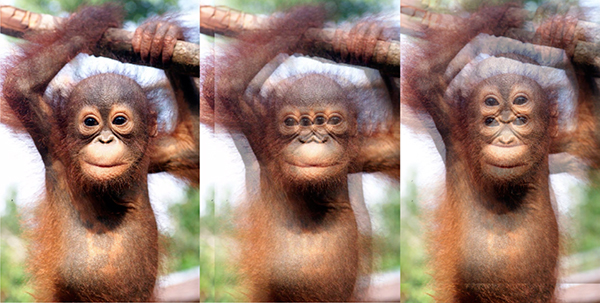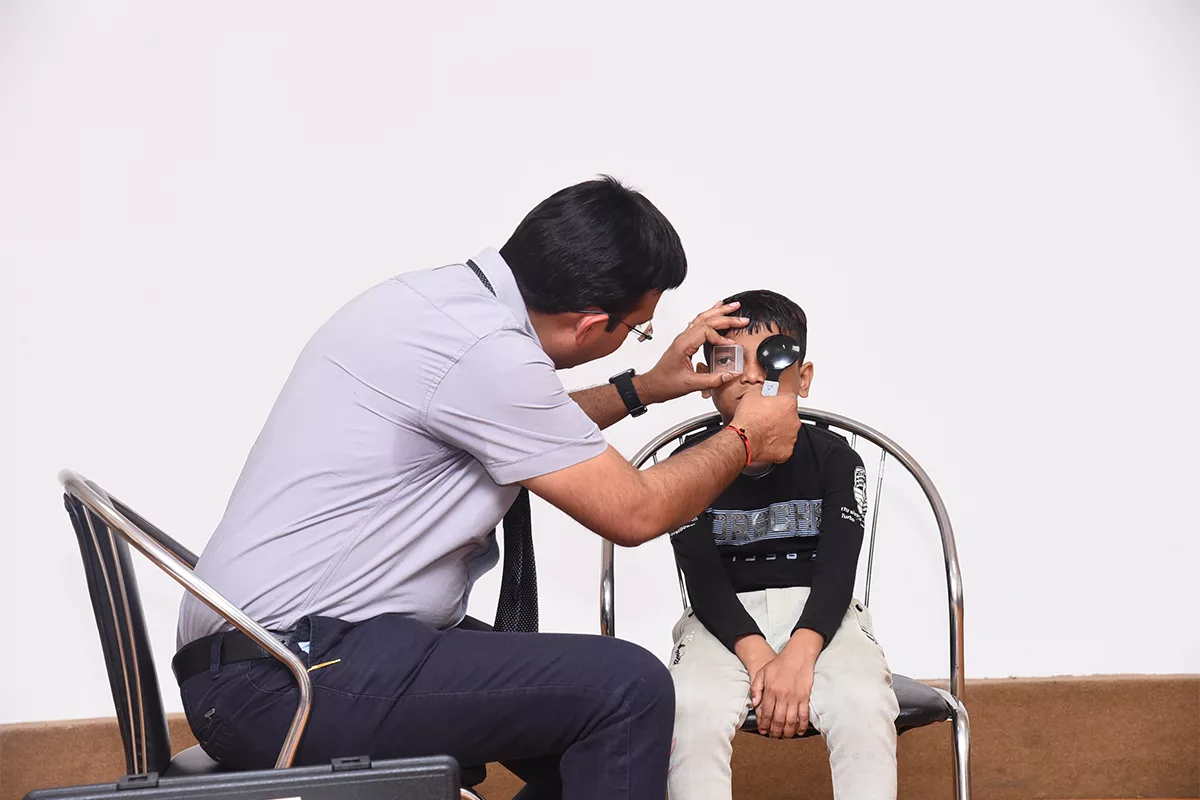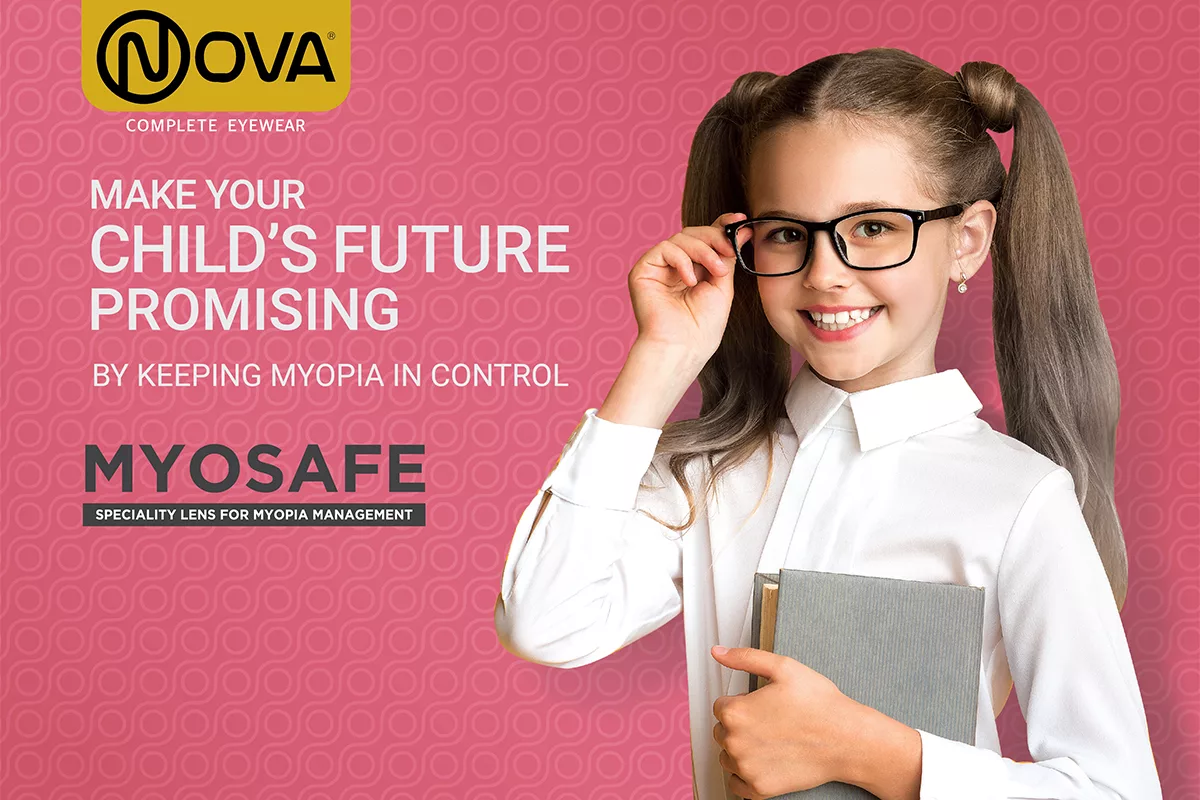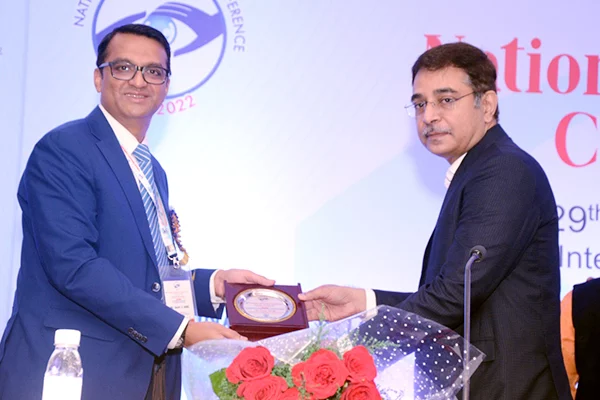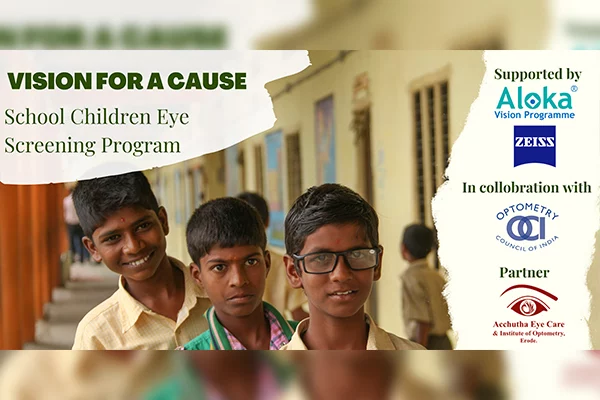Double vision – medically termed diplopia – is a disorder that involves poor teaming between the two eyes and therefore poor vision for the individual
Even though separate images are formed in the retina of each eye, the brain fuses the two images into a single unified percept. This fusion process is aided by the two eyes working as a team and rotating the eyeballs in desired directions to aid perception by the brain. When there is a problem coordinating the two different images, the person develops a condition known as double vision, medically labelled as diplopia.
How does a person develop diplopia?
The movement of the eyes is governed by the nerve signals that originate in the brain and are passed on to the respective organs (in this case the eyes ). This signal is then executed to perfection by the six extraocular muscles that surround each eyeball. In people with normal vision, this fusion process is completed within a few hundred milliseconds and they rarely experience double vision in routine life. The two eyes may however not work well as a team in some cases. The improper teaming may manifest itself as an eye-turn or squint or strabismus and will lead to the perception of double vision.
Who is at risk?
Both children and adults are equally susceptible to eye-turn or double vision and this may occur due to a variety of reasons including paralysis or excessive contraction of one or more extra-ocular muscles, abnormal positioning of extra-ocular muscles in the eyeball and improper commands from the brain to converge and diverge the image generated through the perception of the eyes.
Possible causes
Head trauma resulting from accidents or systemic disorders like diabetes and hypertension are the leading causes of eye-turn and double vision in adults because the injuries often lead to extraocular muscle paralysis. Some may also be born with abnormal extraocular muscles and this may lead to eye-turn from birth. Others may develop an eye-turn and experience double vision around 3 – 4 years of age when they start going to school and near work activity intensifies. Double vision may also be experienced intermittently by those who spend extended periods of time in front of the computer. The constant stress in the eyes to focus and converge on the computer screen tends to strain out the extraocular muscles and this may lead to intermittent double vision. Intermittent double vision may also progress into a more permanent form of double vision, if not attended to properly.
What are the consequences?
The short and long term consequences of double vision are quite alarming. The experience of double vision will inhibit the individual’s ability to take sound judgements based on the visual interpretations of the brain. This in turn prohibits them from doing many routine activities like driving, household chores, etc. When double vision is experienced over several weeks to months, the brain adapts to the situation by permanently ignoring information from one of the two eyes – a condition called amblyopia or lazy eye. Children are most susceptible to amblyopia as the eye-turn and double vision is experienced during a very early stage of their vision development.
A recent research on animals that were reared with eye-turn have clearly shown that the neurons in the brain that usually respond to information from both eyes become tuned to information from only one eye (the other eye’s information is suppressed) in the presence of an eye-turn. A similar neurological effect is expected in humans as well, according to the researchers.
Treatment
Having an eye-turn and experiencing double vision is not normal and the problem needs to be addressed by an eye-care professional on a priority basis. As adults, we can talk about our experience of double vision and can seek medical attention voluntarily. Children, however, do not notice such symptoms and they tend to live with double vision problem for a long time. In fact, double vision issues get diagnosed in children mostly during school eye screenings and by then the problem has usually manifested to an advanced stage, becoming harder to treat. Parents are therefore expected to be extra vigilant and look out for any signs of eye-turn in their children. Additionally, it is a good practice to get eyes examined by a qualified eye-care professional on a regular basis. This ensures that the problem is identified early and can be cured easily.
The treatment of double vision depends on the cause of the problem. However, the good news is that double vision can be cured. For those who experience double vision because of an eye-turn, the treatment options range from surgery to fix the damaged extraocular muscle or prescription glasses that have prisms incorporated into them to combat the vision problem.
For those who experience double vision intermittently with no obvious eye-turn associated with it, vision therapy through non-invasive exercise can be considered a feasible treatment. These exercises may be coupled with spectacle or contact lens correction to reduce eye fatigue and encourage eye teaming. Children who have an eye-turn and an associated amblyopia may require surgical correction of their eye-turn as well as spectacles and vision therapy (involving patching of the good eye and encouraging the amblyopic eye to see better) to fix their problem.
Credit: Dr Shrikant R. Bharadwaj, Scientist – Visual Optics Laboratory, Associate Director of Optometry, L V Prasad Eye Institute, Hyderabad.

